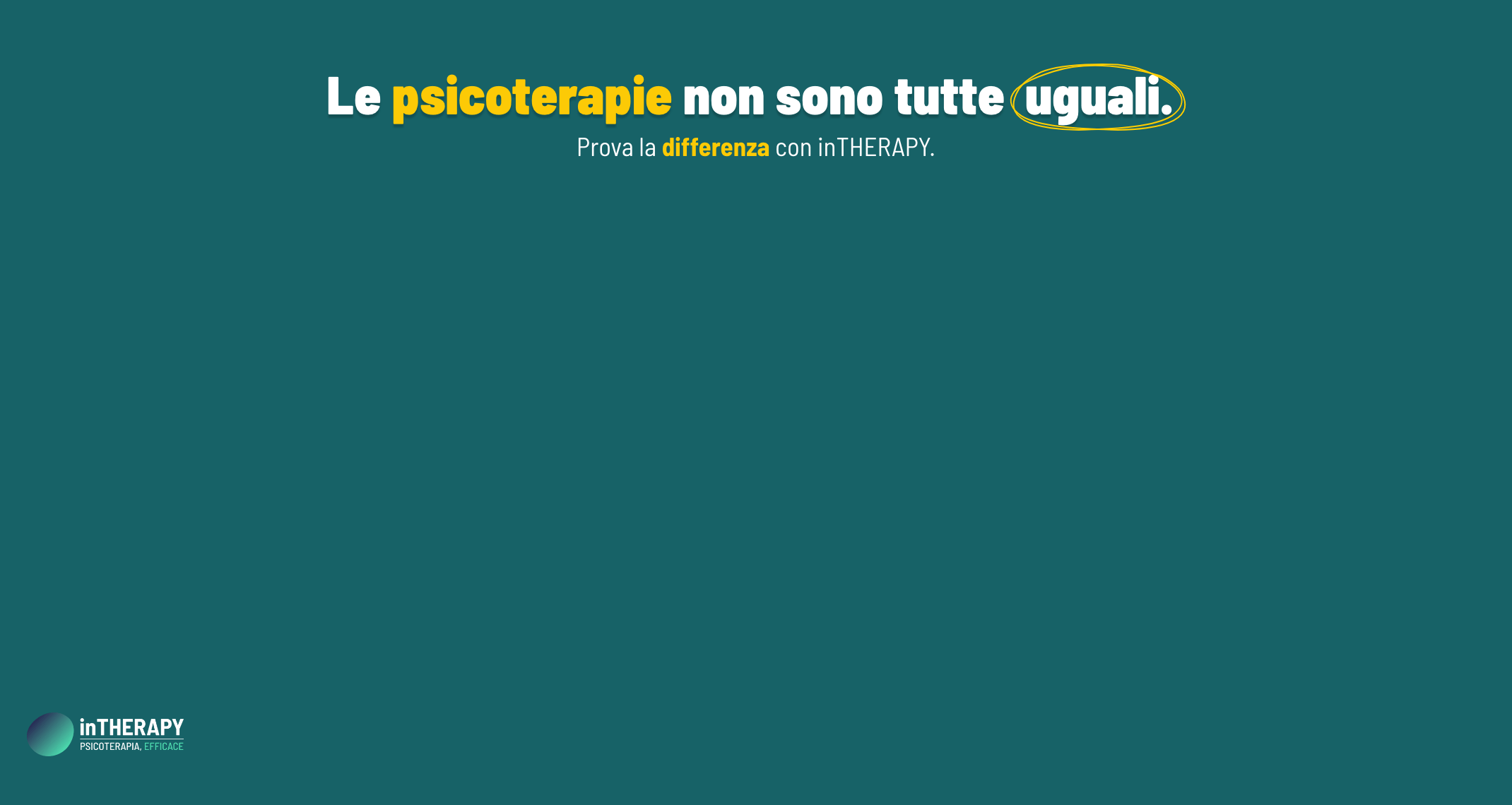Parents’ words and anxiety disorders – part 2

Highly anxious individuals tend to think of unfamiliar situations as more threatening than individuals with low levels of anxiety(Eysenck, MacLeod & Mathews, 1987). Applying this, researchers have investigated mothers’ thoughts and expectations of their children’s hypothetical performance in unfamiliar situations. Interestingly, these studies have shown that in the context of anxiety, mothers think their children will be worried and have more negative expectations of their children’s performance. Mothers also expect their children to be more vulnerable (Creswell et al. 2008). While these findings regarding mothers’ thoughts are interesting, do anxious children have similar thoughts and expectations of their own ability? The answer appears to be yes. Compared to non-anxious children, anxious children have thoughts containing higher levels of threat and more negative feelings regarding these types of situations. Anxious children also estimate that they have a lower capacity to cope with these unfamiliar situations compared to non-anxious children. However, the mental state of parents was not investigated in this study (Muris, Luermans, Merkelbach & Mayer, 2000).
While these findings are interesting, perhaps the most influential studies have shown those mothers’ threat interpretations and distressful thoughts are strongly associated with their children’s thoughts. Mothers’ threatening thoughts were also found to have an impact on their children’s thoughts over an extended period of time. It also appears that an increase in mothers’ threat interpretations is associated with their children paying greater attention to threat in their own environment (Creswell, O’Connor & Brewin, 2006)
So what does all this mean? Well, it appears that anxious mothers and children are both interpreting unknown situations in a similarly anxious manor. But are these anxious thoughts communicated between mothers and their children? For the next part of this series, I will discuss the effect of anxiety on family discussions.
BIBLIOGRAPHY:
- Eysenck, M. W., MacLeod, C., & Mathews, A. (1987). Cognitive functioning and anxiety. Psychological Research, 49, 189 – 195.
- Creswell, C., O’Connor T. G., & Brewin, C. R. (2008). The impact of parents’ expectations on parenting behaviour: An experimental investigation. Behaviour and Cognitive Psychotherapy, 36, 483 – 490.
- Creswell, C., O’Connor T. G., Brewin, C. R. (2006). A longitudinal investigation of maternal and child „anxious cognitions’. Cognitive Therapy and Research, 30, 135 – 147.
- Muris, P., Luermans, J., Merckelbach, H., & Mayer, B. (2000). ‘Danger is lurking everywhere’. The relation between anxiety and threat perception abnormalities in normal children. Journal of Behavior Therapy & Experimental Psychiatry, 31, 123 – 136.







